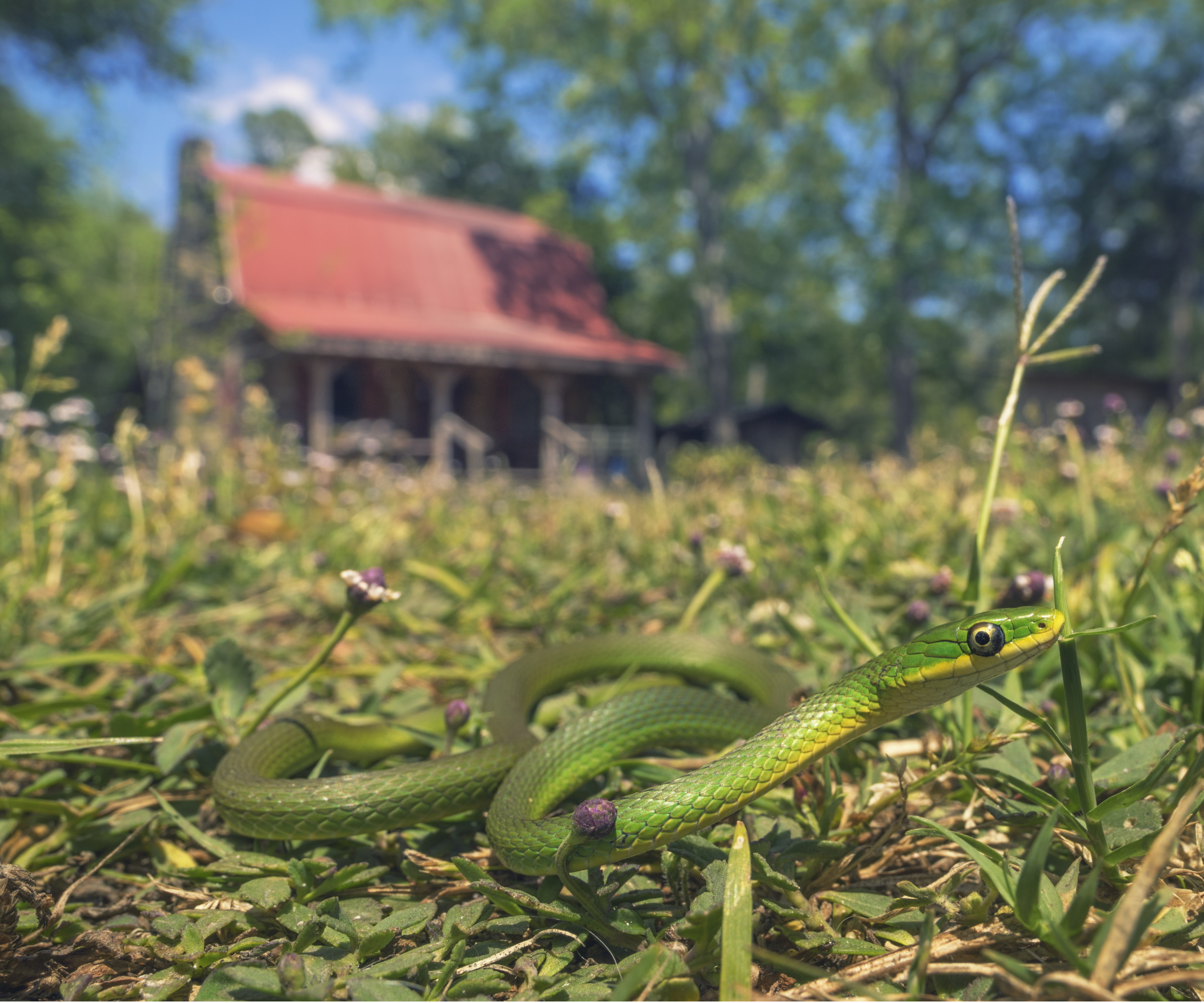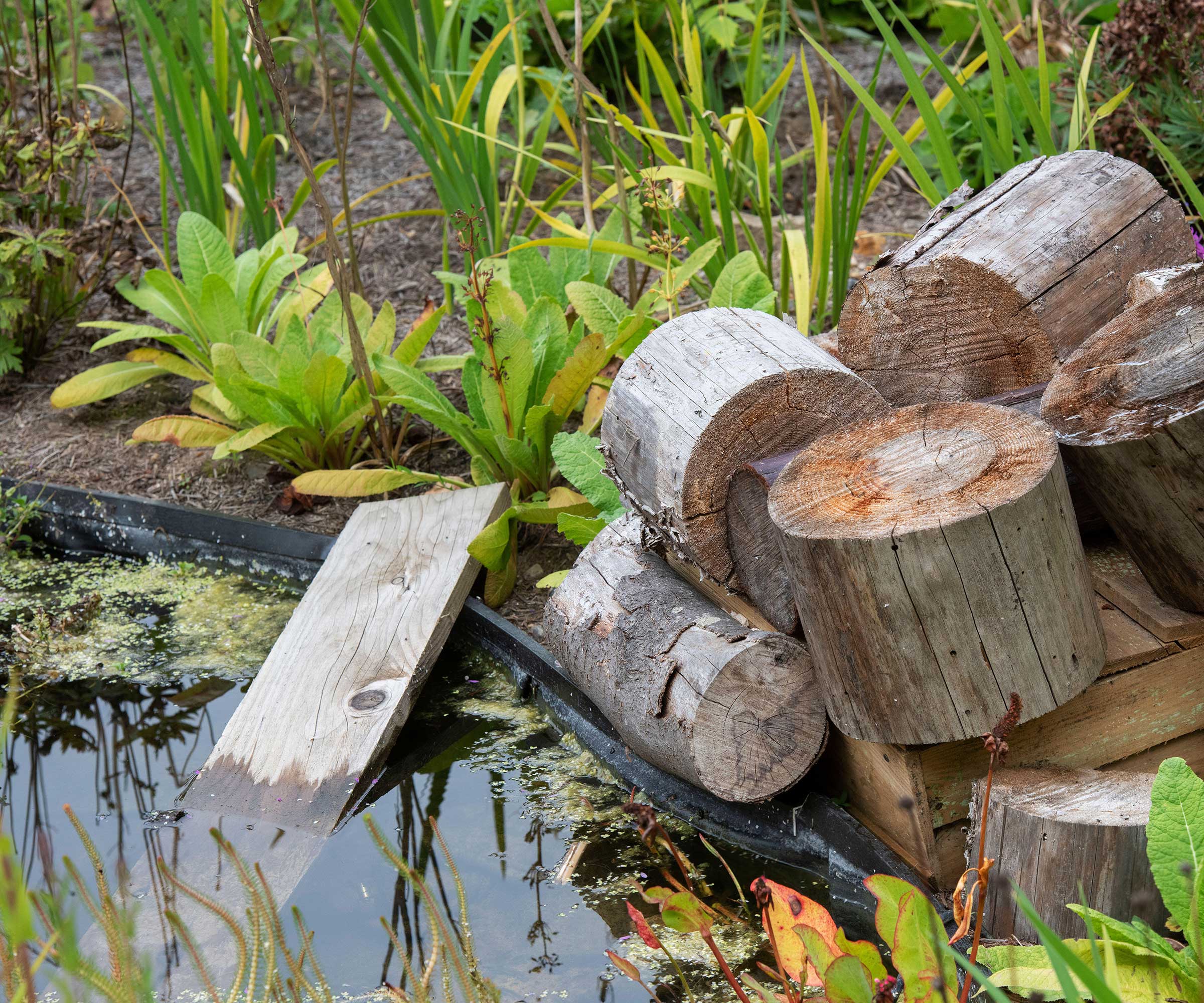Biodiversity is the best defense against ticks – here's how to improve it to keep these dangerous pests out of your yard
Gardens that are rich in biodiversity, with borders full of native planting and natural predators, will combat tick infestations


Ticks are a problematic pest that can do serious harm to both humans and animals. Tick bites are not just irritable, they can be dangerous, and these bloodsucking insects carry viruses, bacteria and parasites that can be passed to bite victims.
Ticks can be active at any time of year but tend to be most prevalent in the yard from spring to summer. While this will vary depending on where you live, tick populations are usually at their peak from April to July, when the days are long and the evenings are mild.
While there are many different approaches for combatting and repelling ticks in your yard, studies have shown that improving biodiversity is one way to reduce the risk of an infestation. While this alone is not a quick fix, learning how biodiversity can repel and combat ticks is a long-term approach to naturally and sustainably managing pests. Here, we share top tips and ideas that can improve biodiversity in your backyard to deter and combat ticks once and for all.

What is biodiversity?
Learning how to boost biodiversity in your yard is important for any gardener looking to naturally manage pests and plant problems without the use of chemicals.
Biodiversity, put simply, is defined as increasing the variety of plant and animal life in any given environment, for example, in a woodland, a park, or even in a backyard. By growing native plants and creating a welcoming space for a range of insects, invertebrates and animals, the ecosystem will be well-balanced and thrive. This will also contribute to wider environmental benefits, such as increased pollinator populations and reduced pest infestations.
Native planting will support native predators

Incorporating native planting in your yard will boost biodiversity by encouraging and supporting a wide range of insects and animals. Native prairie planting, for example, is known to attract a whole host of butterflies, bees and insects, thereby providing food for predators, such as snakes, frogs and birds.
Learning how to grow milkweed, for example, will attract monarch butterflies to your yard. This native plant is considered a host species for monarch caterpillars, who live and feed exclusively on milkweed foliage. This is good for the wider ecosystem, as caterpillars can help to attract birds - such as red cardinals and blue tits.
Design expertise in your inbox – from inspiring decorating ideas and beautiful celebrity homes to practical gardening advice and shopping round-ups.
Encouraging biodiversity in this way will only be a good thing for your local environment, and encouraging beneficial predators in this way can also help to repel and reduce other pests, notably ticks.
Ticks are hosted and often spread from place to place by mice, and so by encouraging mice predators, such as birds of prey and reptiles, mice will be deterred from your yard. While this might seem cruel, this is a natural defense against ticks. Yards that are rich in flora and fauna will have a wide range of predators and deter unwanted pests.
There are also plenty of tick-repellent plants that can be grown in backyards alongside native planting. Why not consider growing native milkweed and native dogwood shrubs with aromatic herbs that are known to deter ticks, including lavender, rosemary and chives.
Native plants, such as dogwood starter plants, are available to buy online from Walmart.
Habitats for tick predators are important

In addition to growing native flora, it is a good idea to provide habitats for beneficial predators, such as snakes and predatory mammals, who will prey upon tick-infested mice.
If you are seeking wildlife garden ideas, consider incorporating meadow planting and prairie-style planting in your yard. This will provide a habitat for a wide range of animals, as dense foliage and flowers are often used as dens or nests by reptiles and mammals.
Purpose-built habitats are also a good idea, such as reptile boxes and bird boxes, which will increase the number of mice predators and reduce the local tick population.
In summary, more owls, foxes, coyotes, and snakes will help reduce mice populations, which means fewer ticks. Yards that are rich in native plants and native predators will have fewer pest problems, all without using a drop of pesticide.
Owl boxes are available online from Walmart.
Shopping ideas
FAQs
What organic repellents can I use to repel ticks?
If you do want to use a repellent spray in the short term, it is always best to use an organic product that is made using natural ingredients. Many different products are available to order online, such as this organic tick repellent from Walmart, which can both combat and kill ticks, as well as repelling them for prolonged periods.
Increasing biodiversity in your yard is a long-term solution that will help manage ticks by encouraging natural predators. While this sustainable approach might not solve your tick problems immediately, implementing actions that improve biodiversity in the long run is good for you and your local area.
For more pest management information and advice, see our guide on mosquito repellent plants to naturally deter mosquitos, and prevent them from spoiling your summertime parties.

Thomas is a Content Editor within the Gardens Team at Homes and Gardens. He has worked as a professional gardener for both public spaces and private estates, specializing in productive gardening, growing food and flowers. Trained in Horticulture at the Garden Museum, he has written on gardening and garden history for various publications, including The English Garden, Gardens Illustrated, Hortus, The London Gardener and Bloom. He has co-authored a Lonely Planet travel book, The Tree Atlas, due out in 2024.


